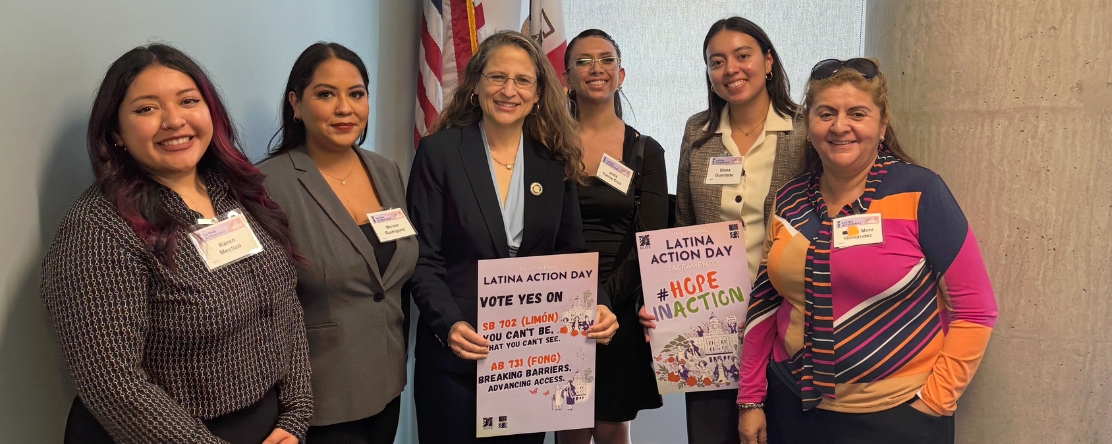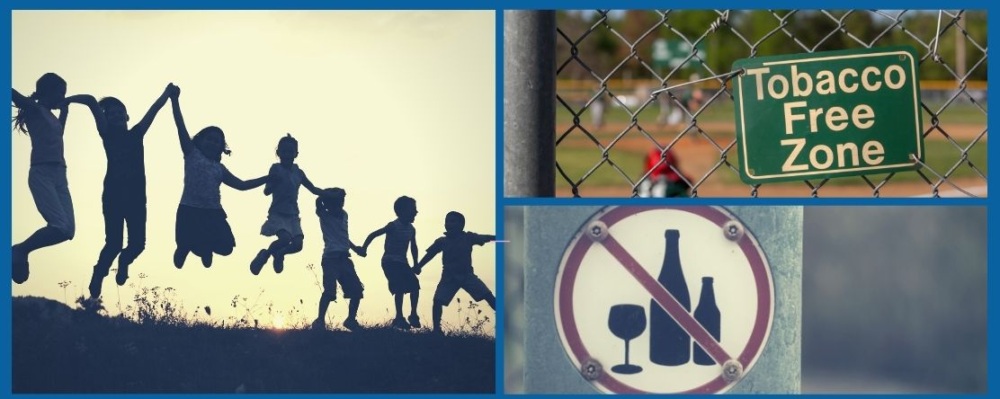
Storytelling Strategies for Policy Change
- Diana Guardado
-
Focus Areas
Capacity Building & Leadership -
Expertise
Media Advocacy & Communications -
Programs
Berkeley Media Studies Group

In the following blog, written by Diana Guardado, program associate for Racial and Health Equity Strategy at PHI’s Berkeley Media Studies Group, Diana recounts her experience advocating for policy change at the state level and shares the strategies she used to tell a compelling story.
by: Diana Guardado
Heart racing. Hands trembling. The room was cold and still. All I could see were tiny dust particles catching the light. In that moment, I found myself face-to-face with the elected leader I had voted for, supported, and believed in, now seated across from me in a quiet office on the sixth floor of California’s Capitol in Sacramento.
But I wasn’t there to observe. I was there to advocate.
Thanks to the skills I gained through the Latina Coalition of Silicon Valley’s ELLA program, a 6-month program that trains Latinas on how to become effective policy advocates, particularly for issues impacting the Latinx community, I was able to shake off my nerves and speak up for equity in education. Through the program’s teachings, and my time at BMSG, I came prepared with values, a clear problem and solution, a personal story, and a deep understanding of my audience. I had just minutes to make my case for AB 1122, a bill that would require all California school districts to offer dual enrollment programs, giving high school students a chance to earn college credit and fast-track their future.
Here’s how I made my story count and how you can do the same.
Know your audience
With any advocacy pitch, strategy matters. Before I walked into that room, I took time to learn everything I could about my Assemblymember — not just his voting record, but his values.
I learned that he had served as a Board Trustee for De Anza College, a community college just minutes from where we both live. That connection wasn’t just convenient; it was powerful. It allowed me to open my testimony by saying: “As your neighbor, and as someone who also believes in the value of community colleges, I’m here today to talk about why dual enrollment changed my life.”
That moment of connection grounded the conversation in shared values and mutual investment in our local community.
Make it personal
Through my media advocacy training at BMSG, I’ve learned how stories can bring urgency and clarity to complex policy issues. So I shared mine.
A few months earlier, my father was diagnosed with pancreatic cancer. As the oldest daughter in a Spanish-speaking household, I became one of his primary caregivers, navigating insurance denials, delays, and the broken systems that too often fail families like mine.
Because I graduated from college a year early, I was able to be there for my father. Graduating early was only possible because my high school offered a dual enrollment program that allowed me to earn 15 college credits before I even set foot on campus at Menlo College. That head start saved me time and money, and gave me the flexibility to show up for my family when it mattered most.
This wasn’t just an academic benefit; it was a life-changing support system.
Link your story to systems change
After grounding my testimony in my story, I connected it to the policy problem.
Too many students, especially those from low-income, immigrant, or historically marginalized communities, are locked out of higher education because of financial burdens, systemic barriers, and the lack of preparatory programs. AB 1122 helps address this by making dual enrollment a statewide standard, not a lucky exception.
I reminded my Assemblymember that this bill isn’t about charity, it’s about common sense. Investing in students early creates ripple effects: College access, economic stability, and the power to support our communities when crisis hits.
I told him clearly: You have a chance to be a catalyst for that change.
Final thoughts
Advocacy can feel intimidating. But when you come with a values-based strategy, grounded research, and a story that bridges the personal with the political, people listen. Although the bill is still in progress, the economic and social stability it provides to students will hopefully influence legislators to support and pass this bill.
Originally published by Berkely Media Studies Group
Work With Us
You change the world. We do the rest. Explore fiscal sponsorship at PHI.
Support Us
Together, we can accelerate our response to public health’s most critical issues.
Find Employment
Begin your career at the Public Health Institute.

